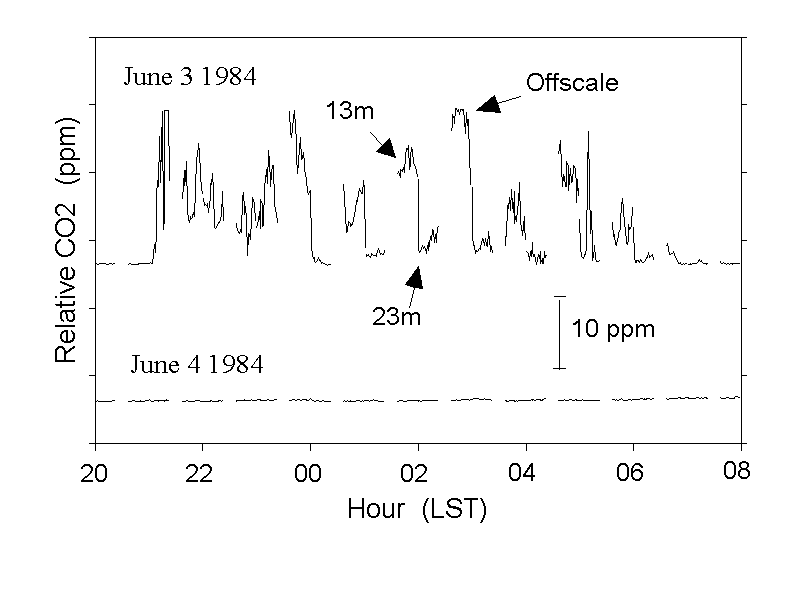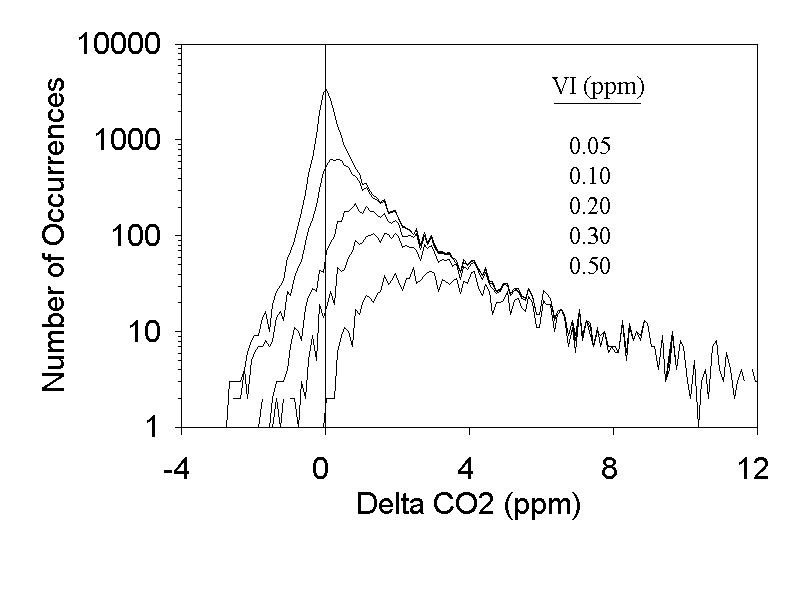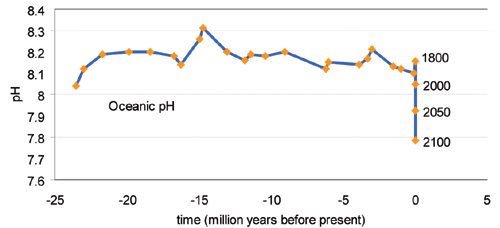- May 20, 2009
- 144,258
- 66,563
- 2,330
Where'd the Warmers go?
Can any of them explain the scientific impossibility of how a 60PPM increase in athmospheric CO2 dropped ocean Ph by .3 degrees?
Chris?
Old Rocks?
Bueller?
Konrad?
Anyone?
Can any of them explain the scientific impossibility of how a 60PPM increase in athmospheric CO2 dropped ocean Ph by .3 degrees?
Chris?
Old Rocks?
Bueller?
Konrad?
Anyone?
Last edited:








